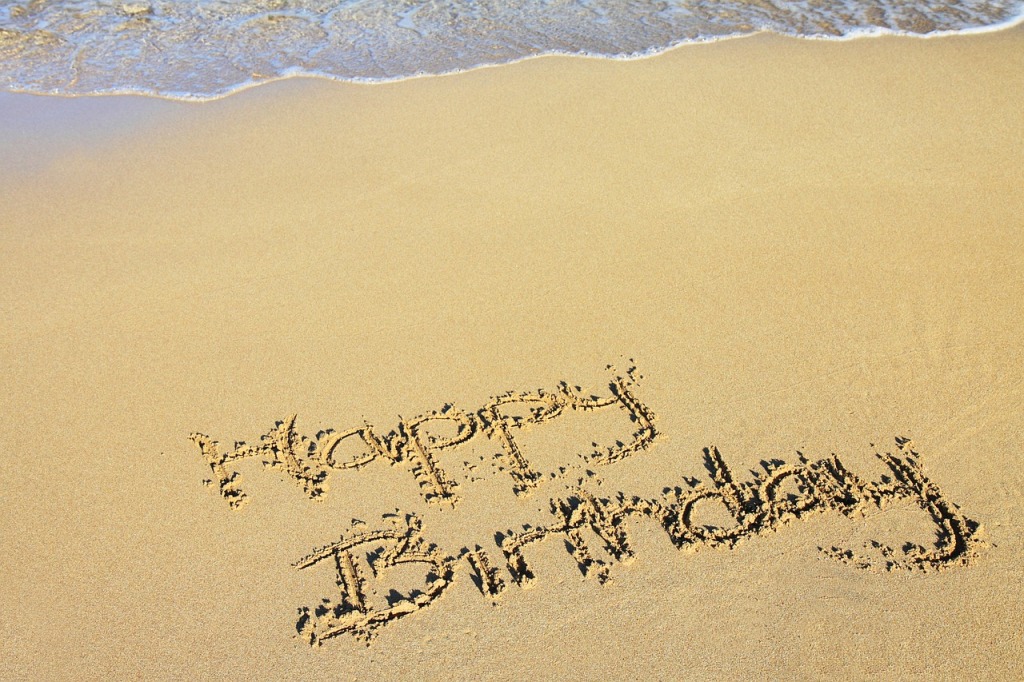The Oktoberfest garb has officially hit our Instagram feeds –– and VALLEY is loving it. These historical pieces turned festival fashion highlights Bavarian fashion and its evolution, as well as how these pieces themselves have evolved. But, what makes these Oktoberfest outfits so iconic and recognizable? Where did the lederhosen and dirndl come from? Who are the people who made these pieces what they are today?

The History of Oktoberfest
Oktoberfest originated on October 12, 1810, to celebrate the wedding of the prince and princess of Bavaria, a German state. Since then, Oktoberfest has been known to start in September and span over two weeks, ending on the first Sunday of October. While the actual Oktoberfest is in Munich, Germany, it is celebrated around the world at various festivals usually featuring a plethora of beer –– usually drunk out of a stein, or a large beer mug. People gather in their lederhosen and dirndls to celebrate and enjoy many attractions that these festivals offer.

The Lederhosen and Dirndl
The lederhosen and dirndl are the most recognizable Bavarian outfits –– lederhosen being the traditional men’s outfit and the dirndl being the traditional women’s outfit. Lederhosen features H-shaped suspenders connected to a leather pant, while the dirndl has a full skirt, tight waist and usually is worn with a white blouse underneath. They came to be part of peasant attire in the 16th century. Men wore lederhosen, made from leather, to do manual work while women wore dirndls as a maid’s outfit and for other jobs.
Both the lederhosen and dirndl became popularized in upper classes after its beginnings –– wealthier women swapped the dirndl’s fabric for more expensive ones such as silk and satin to show off their social standings. Pantaloons were also added to the lederhosen when they became popularized in the 19th century, removing the french culottes from the original lederhosen look and reflecting more modern European fashion.
Eventually, the lederhosen and dirndl died out of everyday wear for the upper social classes, especially when jeans were invented and the dirndl was swapped for a more convenient dress. However, these outfits continue to exist due to the popularization of Oktoberfest. The lederhosen and dirndl became the official attire for Oktoberfest in 1887, according to Oktoberfest Haus.
As Oktoberfest has expanded, the dirndl has become more fashionable and modernized with today’s fashion. Though, lederhosen is still reminiscent of historical fashion with its pantaloons and leather material. Either way, these pieces are seen as representative of Oktoberfest and its festivities.

Lederhosen and dirndls have made their mark on historical European fashion, even though they are no longer seen in day-to-day wear. It’s evolved from the working class, to the more wealthy social classes and is now seen in costume stores and online, specifically sold in the fall for Oktoberfest. As lederhosen and dirndls have died out of German fashion, it lives on in the festivals of Oktoberfest, in Munich and around the world.
What is your favorite Oktoberfest outfit from this year? Let us know by tagging us @VALLEYmag on Instagram!





